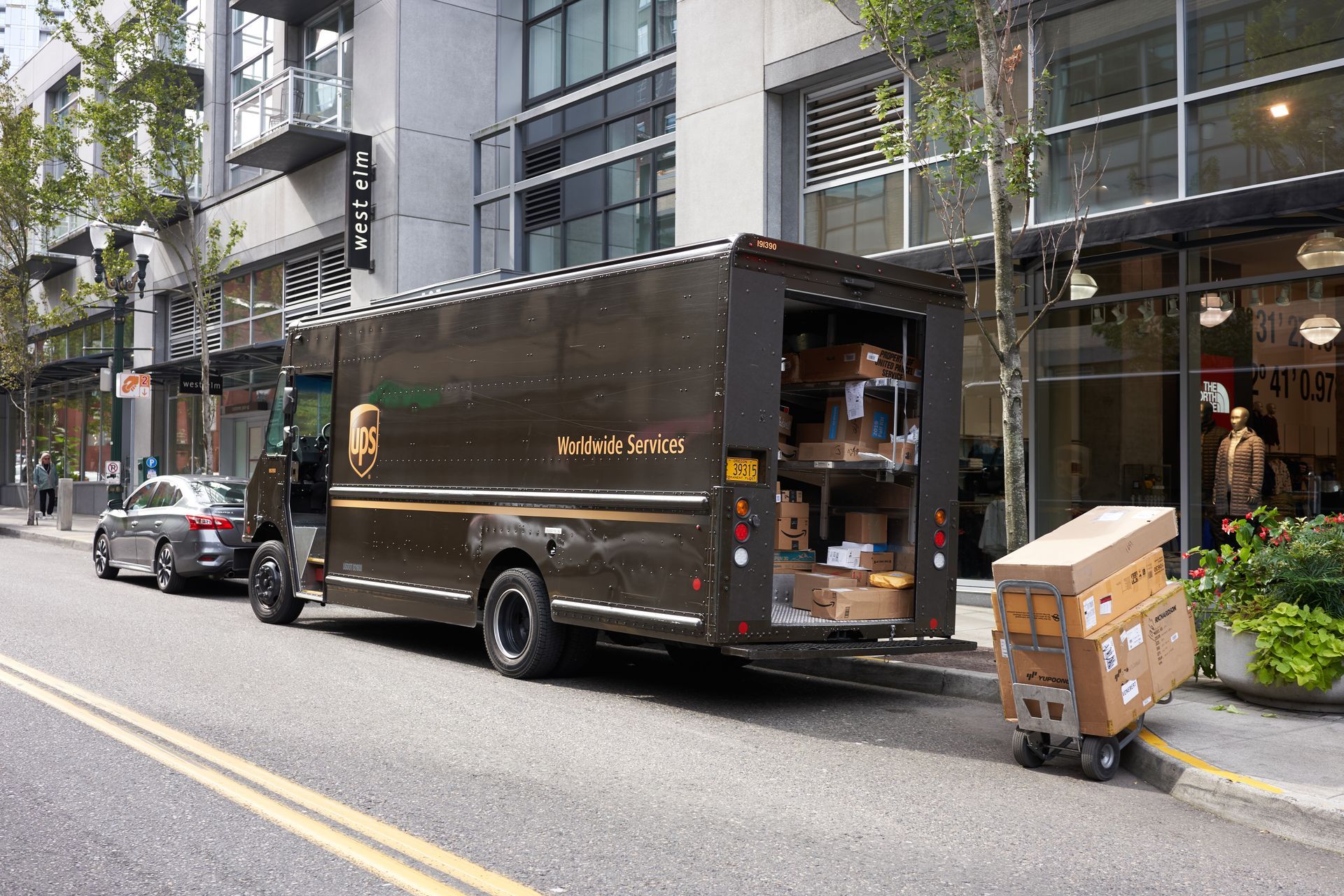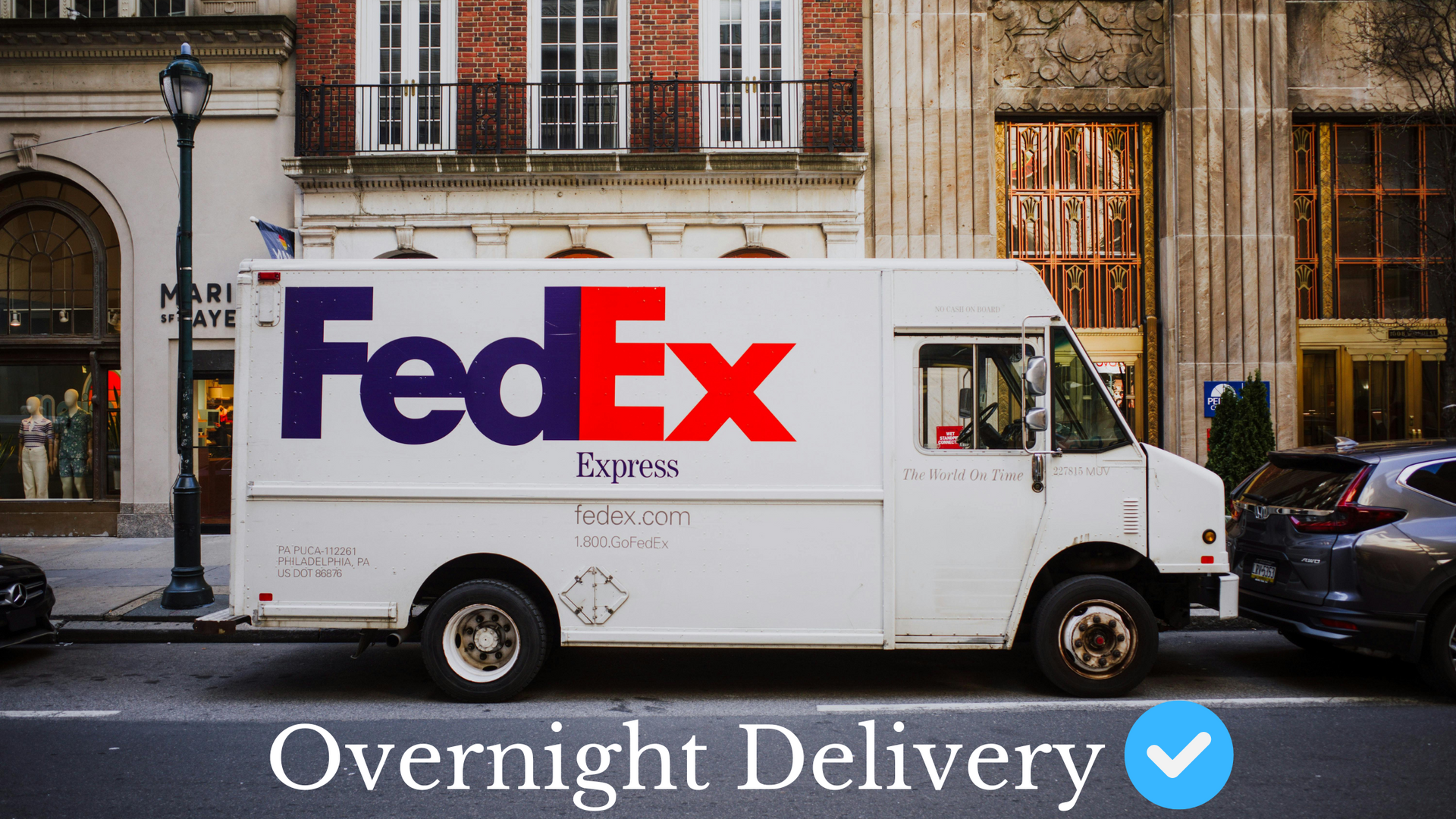2025 Fedex Rate Increase
Learn how the 2025 FedEx rate increase will impact your business, with key insights into rising shipping costs, additional surcharges, and how to prepare. Discover strategies to navigate these changes and minimize the impact on your bottom line.

Navigating the 2025 FedEx Rate Increase: What Businesses Need to Prepare For.
Come January 6, 2025, FedEx will introduce a new General Rate Increase (GRI) of 5.9%. While that number may seem like just another standard adjustment, this change is more than it appears on the surface. The rate hike will impact FedEx’s core services, including Express, Ground, and Home Delivery, but the real story lies in the details. Shippers who rely heavily on FedEx for logistics will need to face not only the overall rate increase but also a number of specific adjustments that could significantly affect their bottom line.
Whether you’re a small business or a large enterprise, shipping costs directly impact profitability. As e-commerce continues to expand, businesses need to optimize shipping strategies to stay competitive. Understanding FedEx’s new pricing structure for 2025 can help you make informed decisions and avoid getting caught off guard. In this article, we will explore how these changes affect businesses and provide actionable strategies to help mitigate the cost increases.
Understanding the 2025 FedEx Rate Increase
The General Rate Increase of 5.9% is being applied across core services. However, this number is presented as an average, which means some services will see a higher increase than others. Depending on the type of shipment, business volume, and zones of delivery, the real impact may be far greater.
Key Services Affected by the Rate Hike:
- FedEx Express: Premium services like FedEx Express will experience some of the highest increases, particularly on longer distances. Businesses relying on fast, time-sensitive deliveries should expect substantial rate hikes here.
- FedEx Ground and Home Delivery: Though these services are typically more cost-effective than Express, they’re not immune to the increases. For businesses shipping to residential or remote areas, the changes will make ground services notably more expensive.
- FedEx International Services: International shipping is often complicated by numerous fees, and this new rate increase will make sending packages overseas even more expensive. Companies that engage in global trade should pay particular attention to this.
Let’s delve deeper into how different businesses will feel the impact.
The Bigger Hits Behind the Average Increase
Though the 5.9% rate increase is presented as an average, not every business will feel it equally. For companies shipping large, heavy packages, especially across long distances, the price hike is likely to exceed the average. For example, services like FedEx 2Day and Express Saver, commonly used for quicker deliveries, will see rates increase by more than 7% in certain zones. The farther the package travels, the higher the increase, meaning businesses that serve national or international markets will feel the squeeze more intensely.
The Impact of Higher Zones
Shipping zones are FedEx's way of dividing geographic areas for pricing purposes. Packages traveling across multiple zones incur higher costs, especially for express services. In 2025, businesses shipping across long distances will feel the brunt of this increase, particularly if they rely on express delivery.
Action Steps for Businesses:
- Zone Optimization: Evaluate your shipping zones and look for opportunities to optimize. If you're consistently shipping long distances, consider regional distribution centers to reduce travel time and costs.
- Leverage Carrier Competition: Consider whether FedEx is still the best option for your shipping profile. UPS, DHL, and even regional carriers may offer more competitive rates, especially for certain zones and service levels.
- Negotiate Contracts: FedEx negotiates contracts with high-volume shippers. Revisit your contract and see if you can negotiate better terms, particularly if you're committing to long-term partnerships. Mindful Logistics can provide expertise in contract negotiations.
Additional Handling and Oversize Fees Soar
One of the most painful parts of the 2025 rate changes is the dramatic rise in surcharges, particularly for Additional Handling and Oversize packages. These fees are increasing by as much as 28%, which is a significant jump from previous years. For businesses shipping non-standard or bulky items—whether they’re dealing with irregularly shaped products or just larger goods in general—this is a major financial hit. The strategy is clear: FedEx is positioning itself to make large, cumbersome packages more costly, driving up its margins on these less convenient shipments.
Why These Fees Matter More Than Ever:
Large, awkwardly shaped packages are more difficult to transport and require additional handling throughout their journey. FedEx is capitalizing on this by increasing the surcharges significantly. For e-commerce businesses shipping furniture, machinery, or other bulky items, this can seriously impact profit margins. The increase is not just a nominal fee but represents a strategic decision by FedEx to discourage these types of shipments or, at the very least, extract higher margins from them.
Action Steps for Businesses:
- Reevaluate Packaging Strategies: Look for ways to reduce package sizes and weights. Efficient, compact packaging can help reduce both base shipping costs and additional handling fees. Mindful Logistics offers a Free Rate Analysis to help you with these strategies.
- Consider Dimensional Pricing Alternatives: Explore whether dimensional pricing is a better option for your shipments. Dimensional weight pricing allows businesses to pay based on the volume a package occupies rather than its actual weight. In some cases, this can save money, particularly on oversized packages.
Surcharges on Residential and Remote Deliveries
FedEx is also taking aim at shipments to residential addresses and rural areas. The 2025 changes include increases in surcharges for these types of deliveries, with rates climbing between 6% and 9%. Ground and Home Delivery services, which are often seen as more cost-effective options, will also experience these surcharges. Companies that deliver to a wide range of geographic locations—including rural or hard-to-reach areas—should brace for noticeable increases in their shipping costs.
The Challenge for E-commerce Businesses
Many e-commerce businesses rely on FedEx Ground or Home Delivery to ship directly to consumers. With the surge in online shopping, residential deliveries have become a core part of business logistics. Unfortunately, rural and residential surcharges will make this aspect of operations significantly more expensive in 2025.
Action Steps for Businesses:
- Customer Communication: Consider communicating the increased costs to customers, particularly those in rural areas. While you don’t want to discourage sales, transparency about potential surcharges can help set expectations.
- Offer Local Pickup Options: For businesses with a local customer base, offering in-store or curbside pickup may help alleviate the costs associated with residential delivery.
- Incorporate Surcharges Into Pricing Models: If surcharges for residential and rural deliveries make up a large portion of your shipping profile, consider adjusting your pricing model to reflect the added costs. Small increases in product prices can help absorb the blow without shocking customers.
Minimum Rates and Floor Pricing
In addition to rate increases, FedEx will continue enforcing minimum service rate floors in 2025, ensuring that businesses won’t be able to ship below a certain cost, even with significant discounts. This is especially relevant for services like Priority Overnight, where the minimum rate will exceed $34. Discounts that once made certain shipping options more affordable will have a hard cap, limiting the extent to which companies can negotiate better deals.
For companies shipping high volumes at discounted rates, this could mean paying more even for services that were once considered low-cost. FedEx is closing the door on aggressive discounts and focusing on enforcing minimum pricing, which could make it difficult for some businesses to keep their logistics costs low.
Action Steps for Businesses:
- Review Discount Structures: If you’ve been relying on deep discounts from FedEx, now is the time to review how minimum rate floors will impact your pricing.
- Shift to Consolidated Shipping: Consider consolidating shipments to reduce the number of deliveries and take advantage of bulk shipping rates.
- Look for Volume Discounts: High-volume shippers can still negotiate discounts, but minimum rate floors must be factored in. Negotiate higher volume discounts where possible.
What This Means for Your Business
For businesses dependent on FedEx for logistics, these changes can’t be ignored. The most impacted will be those shipping large or heavy items, or those with extensive residential and remote deliveries. It’s crucial to reassess your shipping profiles—look closely at what you’re shipping, where it's going, and how quickly it needs to arrive. By analyzing these factors, you can explore more cost-effective solutions, whether that means shifting to ground services for shorter distances or reconsidering your carrier partnerships altogether.
A Long-Term Strategy to Combat Shipping Costs
While the FedEx rate increase will take effect in January, businesses can prepare now to mitigate the cost increases. Here are some long-term strategies to consider:
- Diversify Carriers: Don’t put all your eggs in one basket. By partnering with multiple carriers, you can choose the best service for each shipping profile. Evaluate whether regional carriers, UPS, or USPS can handle certain types of shipments more cost-effectively.
- Improve Fulfillment Processes: Streamline your fulfillment processes to ensure that your packaging is as efficient as possible. Reducing wasted space can lower shipping costs over time.
By taking these steps now, your business can avoid being blindsided by the 2025 FedEx rate increase and continue to operate efficiently and profitably in the years to come. Read more on UPS rate increases 5.9 % during peak holiday seasons Here.
Mindful Logistics can help you navigate all these challenges for your business that will take place in less than 4 months.
Ready to work with Mindful Logtistics?
Let's connect! We’re here to help.
Send us a message and we’ll be in touch.
Or give us a call today at (919) 368-6169
Agency Contact Form
More Info on Shipping and Saving




